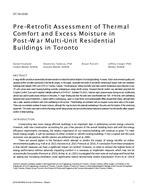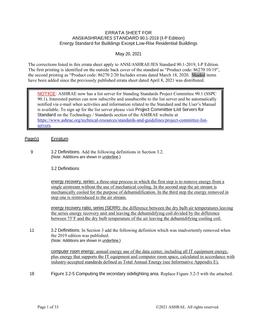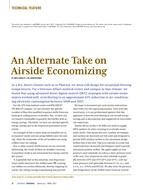In order to solve vapor condensation problems in dwellings, the process of condensation and its solution were examined by experiments and a theory using a fullsize experimental house.
In conclusion, the unheated room was more disadvantageous than the heated room, and it became more disadvantageous when the door between the rooms was kept open. Condensation could be largely prevented by utilizing the hygroscopic properties of insulation materials, under the condition that room temperature and humidity are variable, i.e., unstationary. The authors clarified the condensation process in various conditions of heat and vapor supply by the theory of the calculation model, which predicted the temperature and humidity of the experimental house. The insulation thickness was calculated for condensation prevention, It was concluded that the countermeasures to prevent condensation damage by considering hygroscopicity and capacity of moisture content were more advantageous than the countermeasures to prevent condensation.
Citation: ASHRAE Transactions, vol. 95, pt. 2, Vancouver, BC 1989
Product Details
- Published:
- 1989
- Number of Pages:
- 13
- File Size:
- 1 file , 1.5 MB
- Product Code(s):
- D-27155


